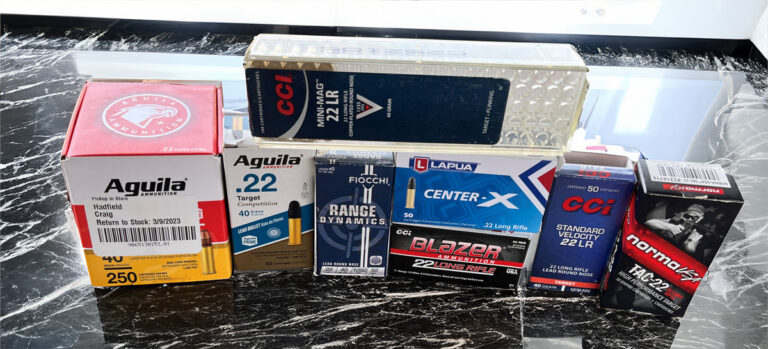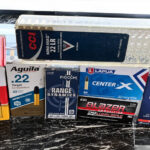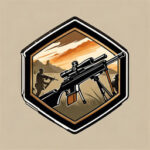
A .22LR handgun serves as an invaluable training aid for shooters across different skill levels due to several key attributes. Its minimal recoil makes it particularly suitable for novice shooters who may find larger calibers intimidating. This reduced recoil allows beginners to focus on mastering proper shooting techniques, such as grip, stance, and sight alignment, without the distraction or discomfort of heavy recoil. For more experienced shooters, the .22LR handgun offers an opportunity to refine marksmanship skills and maintain proficiency without the physical strain associated with larger caliber firearms.
Affordability is another significant advantage of the .22LR handgun. Ammunition costs for .22LR cartridges are generally lower compared to other calibers, making extended practice sessions more financially feasible. This affordability enables shooters to invest more time and rounds into training, enhancing their shooting skills and confidence over time. Moreover, the widespread availability of .22LR ammunition ensures shooters can easily procure supplies for their training needs, whether for casual target shooting or more structured skill development.
The accessibility of .22LR handguns and ammunition further enhances their value as training tools. .22LR firearms are widely available at sporting goods stores, gun shops, and online retailers, making them easily accessible to shooters of all backgrounds and experience levels. This accessibility, combined with the relative ease of acquiring ammunition, encourages shooters to engage in regular practice and training activities, ultimately contributing to improved marksmanship and firearm proficiency.
Additionally, .22LR handguns offer reduced noise and muzzle blast compared to larger caliber firearms, making them well-suited for indoor shooting ranges or environments where noise reduction is a consideration. The quieter shooting experience enhances shooter comfort and enjoyment, particularly for those who may be sensitive to loud noises or recoil. Despite its smaller caliber, the .22LR handgun remains an effective tool for developing fundamental shooting skills, such as trigger control, breath control, and follow-through, making it a versatile and valuable asset for shooters seeking to improve their marksmanship abilities
– English Bob

